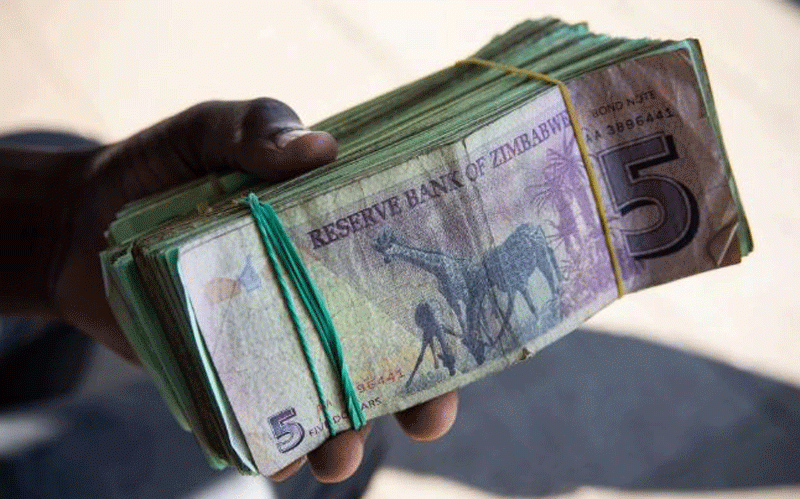
RESEARCH firm Inter Horizon (IH) Securities says the move by the government to standardise foreign currency retention at 75% across all sectors of the economy will improve the Zimbabwean dollar liquidity.
Last month, the central bank standardised the export retention threshold for exporters at 75% from 85% for some exporters.
In its latest monthly market snapshot for October, IH Securities said this measure would also aid in increasing foreign currency resources required to settle the country’s financial obligations.
“As a result of softening mineral prices, the country's export receipts fell by 9% over the nine months to September 2023 from US$4,5 billion during the comparable period in 2022 to US$3,6 billion,” IH Securities said.
“In consideration of this, one of the key changes passed with effect from 1 November 2023, is that foreign currency retentions on exports will be going forward and be standardised at the level of 75% across all sectors of the economy, and all special dispensations granted to some sectors of the economy removed.”
The research firm added: “The net effect of this measure is to increase foreign exchange resources available to the bank and government to meet foreign exchange requirements for the settlement of national and international obligations.
“In our view, this inadvertently increases the ZWL (Zimbabwe dollar) burden required to liquidate the remaining 25% of foreign currency and potentially implies increased Zimdollar liquidity in the economy.”
Some exporters were enjoying a higher export retention threshold, putting less pressure on the need to find local currency to liquidate the remaining balance of the export proceeds.
- Currency crisis hits capital markets
- Currency crisis hits capital markets
- DPC pays out $139 million
- Zimdollar shortage hits market
Keep Reading
However, now that all exporters are set to receive a standardised rate, this increases the need for more local currency to liquidate the remaining foreign currency.
IH Securities said there was a marked growth in Zimdollar liquidity in the market that it expected would continue into the final quarter of the year, exerting persistent pressure on the exchange rates.
The increase in Zimbabwe dollar liquidity is being blamed on the proposed national budget of ZW$47,8 trillion for 2024, an increase of over 900% from the current fiscal year.
The move to standardise the export retention threshold comes as local banks had all but stopped lending in foreign currency due to uncertainty over whether the usage of foreign currency would continue post 2025.
The government has since extended the usage of foreign currency to 2030.
However, miners, the largest export bloc in the economy, have seen a 30% decline in foreign currency retention over the past 12 months due to increased costs relating to power usage, fuel and supplier charges.
“Survey findings show that in general, the amount of foreign exchange retained by mining companies has declined by more than 30% over the past 12 months,” Chamber of Mines of Zimbabwe (CoMZ) said in its latest report.
“The decline is largely on the back of falling mineral earnings (due to softening prices) and rapid dollarisation of the economy.
“Analysis of survey data show that the effective retention (rate) is now around 45%, compared to the 75% announced by RBZ (Reserve Bank of Zimbabwe).
‘The PGMs (platinum group of metals) and lithium sectors are the most affected with the PGMs sector’s amount of foreign currency retained mining companies coming down from as high as US$1,5 billion in 2022, to around US$1 billion for 2023.”
The CoMZ said PGM producers reported that the available foreign currency was now acutely inadequate to meet their operational requirements including funding of expansion and beneficiation projects.
According to survey respondents, several factors were leading to miners experiencing 45% retention thresholds that include payment of electricity wholly in foreign currency and suppliers demanding strictly forex in the delivery of goods and services.
Further, miners complained that the increased royalties on lithium and platinum in foreign currency were also leading to reduced retention thresholds.






